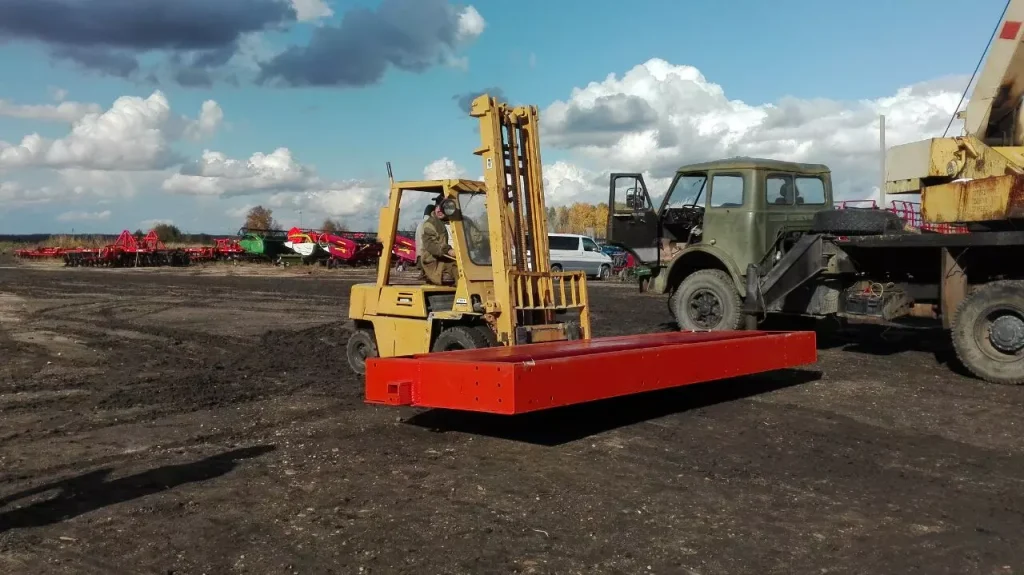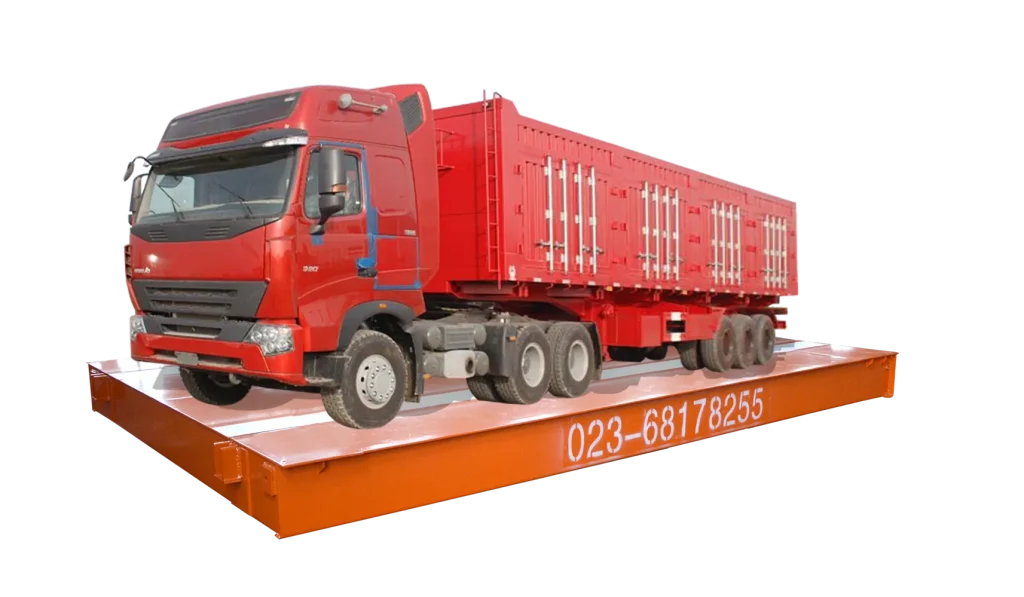How to Weigh a Car?
Weighing a car might seem like an unusual task, but it’s actually quite common in various industries and scenarios. From determining shipping costs to ensuring vehicle safety, knowing the weight of a car is essential. In this article, we’ll explore the traditional and modern methods of weighing a car, focusing on the use of weighbridges.
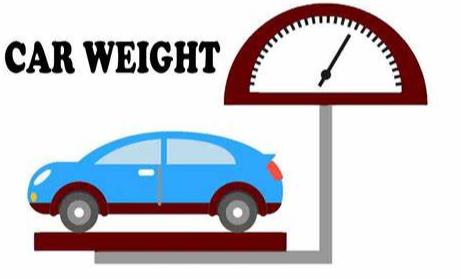
Why Weigh a Car?
Why is weighing a car important? In the realm of transportation and logistics, accurate weight measurements are essential for calculating shipping costs, ensuring that vehicles are not overloaded, and complying with weight restrictions imposed by regulatory bodies.
For vehicle owners, understanding their car’s weight can help optimize fuel efficiency, improve handling, and ensure overall safety.
Additionally, in industries such as racing and automotive engineering, precise weight data is vital for fine-tuning vehicle performance and adhering to specific class or category weight limits.
Lastly, weighing a car provides valuable insights into its characteristics and performance, enabling informed decisions in various applications.
Traditional Methods of Weighing a Car
Weighing a car traditionally involves several methods, each with its unique features and applications. While modern weighbridges offer advanced accuracy and convenience, understanding these traditional methods can provide context for their development and current usage.
- Portable Scales: Portable scales are a practical solution for weighing vehicles in various settings. These scales consist of individual units placed under each wheel of the car. The scales measure the weight of each wheel separately, and the combined data provides the total weight of the vehicle.
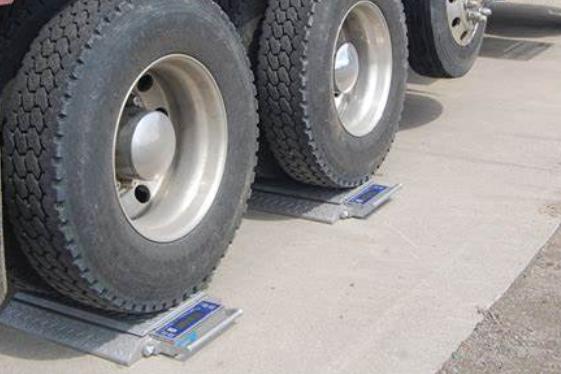
2. Static Weighing Scales: Static weighing scales involve a large, flat platform on which the car is driven to obtain its weight. The vehicle is positioned on the scale, and sensors embedded in the platform measure the weight.
3. Hydraulic Scales: Hydraulic scales use hydraulic pressure to measure weight. These scales are often found in garages or workshops and consist of a hydraulic platform that the vehicle drives onto. The platform is equipped with sensors that measure the pressure exerted by the vehicle’s weight.
4. Balance Beams: Although less common today, balance beams were once a popular method for weighing vehicles. This method involved a beam scale with a pivot point and counterweights. The vehicle would be placed on one side of the beam, and weights would be added to the other side until balance was achieved.
Each of these traditional methods has its place and applications, depending on factors such as accuracy requirements, available space, and budget. While modern weighbridges have largely replaced these methods in commercial and industrial settings, understanding traditional weighing techniques remains valuable for appreciating the evolution of vehicle weighing technology.
Weighbridge for Car Weighing
As technology continues to grow, there are other tools that are designed to weigh cars. A weighbridge, also known as a truck scale or vehicle scale, is a large scale used for weighing vehicles. It consists of a flat, heavy-duty platform on which the vehicle is driven to obtain its weight. Weighbridges are particularly useful for weighing heavy or large vehicles and are commonly used in commercial and industrial settings.
Types of Weighbridges
Weighbridges come in various types, each with its own characteristics and applications. Here are some of the most common types:
1. In-Motion Weighbridges

In-motion weighbridges, also known as drive-over scales, allow vehicles to pass over the scale without stopping. This is achieved through a combination of sensors and advanced weighing technology. These scales are equipped with load cells that measure the weight of the vehicle as it passes over them.
In-motion weighbridges offer several advantages, including:
- Increased throughput: Vehicles can pass over the scale more quickly, improving efficiency and reducing traffic congestion.
- Convenience: Drivers do not need to stop and wait for their vehicles to be weighed.
- Accuracy: Modern in-motion weighbridges are highly accurate and can provide reliable weight measurements.
However, in-motion weighbridges may not be suitable for all applications, especially those that require precise weight measurements or the weighing of very heavy vehicles.
2. Pit Weighbridges:
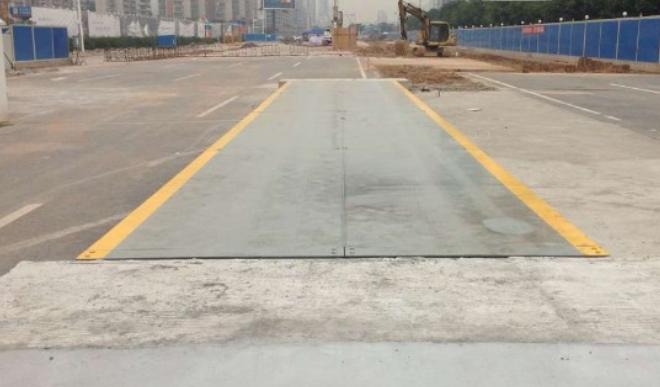
Pit weighbridges are installed in a pit below the ground level. This design provides a more stable and accurate weighing platform, as it eliminates the effects of uneven ground and external factors.
Pit weighbridges are commonly used in industrial settings, such as manufacturing plants and warehouses, where precise weight measurements are essential. They are also suitable for weighing heavy vehicles, such as trucks and construction equipment.
3. Portable Weighbridges:
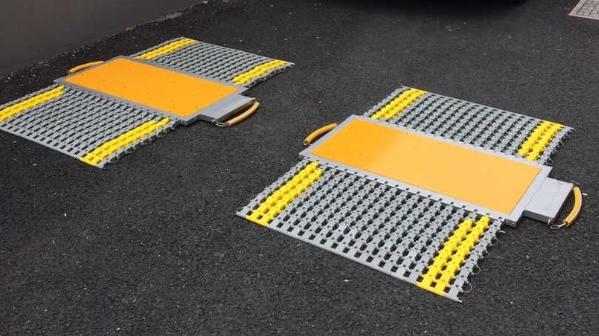
Portable weighbridges are smaller and more mobile than traditional weighbridges. They are often used in temporary weighing applications, such as construction sites or agricultural settings.
Portable weighbridges are typically made of modular components that can be easily assembled and disassembled. This makes them convenient for transporting and setting up in different locations.
Advantages of Using a Weighbridge
Weighbridges provide a range of benefits for industries involved in transportation, logistics, and manufacturing, offering efficiency, accuracy, and safety in vehicle weighing.
- High Accuracy and Precision
Weighbridges deliver precise weight measurements crucial for regulatory compliance and efficient inventory management. Accurate readings prevent overloading, which reduces fines, road damage, and vehicle wear.
- Durability
Built with robust materials, weighbridges handle heavy loads and harsh conditions. Their long lifespan makes them a reliable investment, especially in industries like mining or construction.
- Time and Cost Efficiency
Weighbridges streamline operations by allowing fast and automated weighing, saving time and reducing labor costs. Advanced systems eliminate human errors and speed up processes.
- Improved Safety
By ensuring vehicles aren’t overloaded, weighbridges help prevent accidents, reduce vehicle wear, and maintain road safety standards.
In summary, weighbridges offer a comprehensive solution for accurate, efficient, and safe vehicle weighing, making them indispensable in industries dealing with heavy loads.
Applications of Weighbridges
Weighbridges are versatile tools used across various industries to ensure accurate weight measurement and efficient operations.
- In commercial transport, weighbridges are essential for confirming that trucks and commercial vehicles meet legal weight limits before traveling. This prevents fines and reduces safety risks associated with overloaded vehicles, ensuring compliance with transportation regulations.

- In construction and mining, where heavy machinery and materials are involved, weighbridges measure the weight of loads like rocks, sand, or other raw materials. This helps maintain operational efficiency, manage resources, and comply with weight restrictions on equipment and vehicles.
- At recycling centers, weighbridges play a key role in tracking the weight of incoming and outgoing materials. Accurate weight measurement ensures fair billing for recyclable goods and promotes efficiency in processing materials, such as metal, glass, or paper.
- In agriculture, weighbridges help farmers and distributors accurately weigh products like grain, livestock, or produce. This ensures fair trade practices, assists in managing shipments, and contributes to proper logistics planning, helping to avoid overloading transport vehicles and maintain product quality.
Overall, weighbridges contribute to safety, operational efficiency, and accurate resource management across a wide range of industries.
To sum up, weighing a car is an important process with various applications. While traditional methods were once used, weighbridges have become the preferred tool for accurate and efficient car weighing. By understanding the different types of weighbridges and their advantages, you can make informed decisions about how to weigh your car ensure compliance with regulations, and optimize vehicle performance.

